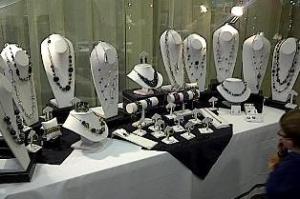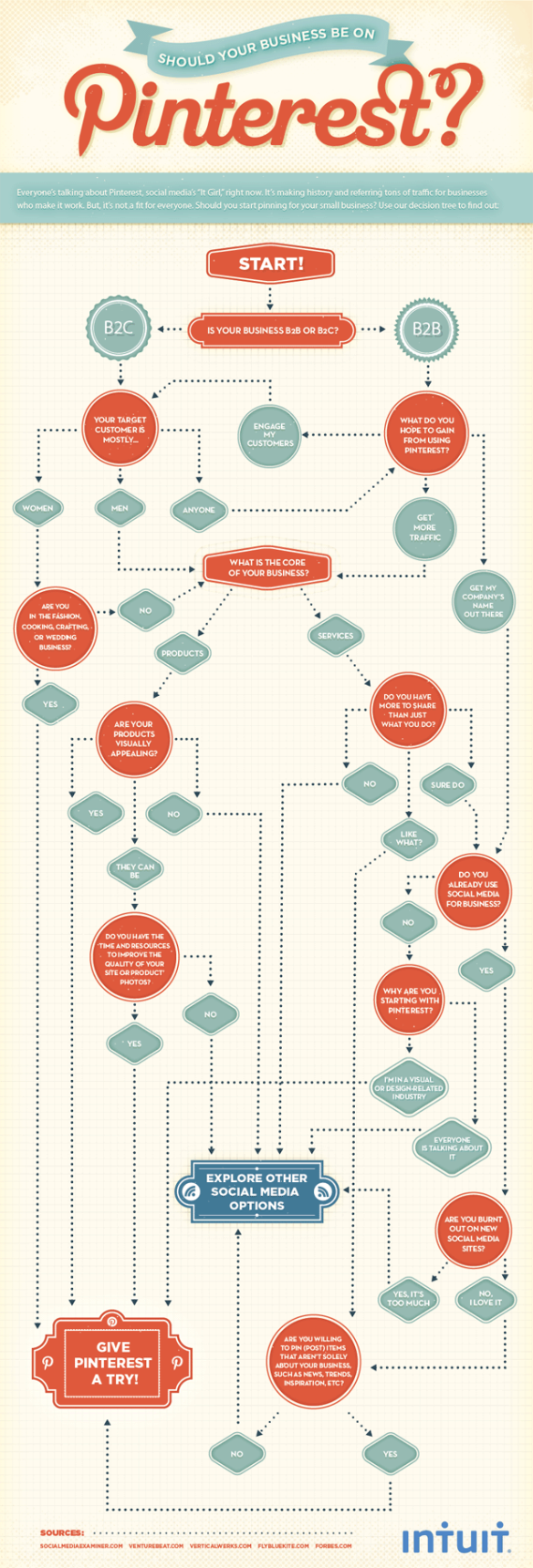A struggling comic book store in the United States with a $30,000 debt has successfully used social media to keep its business alive. It turned to Twitter and Facebook to ask the community for help, and it is now back on its feet. Comic Book Ink is an award-winning comic book store in Tacoma, Washington state, USA. In mid 2011, they were in real danger of closing, their troubles not helped by the global financial crisis and the fact that the comic book industry is a bit of a rollercoaster at the best of times. Their levels of debt meant that they couldn’t pay their suppliers up front. That meant no more stock, which meant no more customers. Which could have meant no more store. They needed an injection of cash to keep their business alive.
How social media saved Comic Book Ink
They cried for help. Not on the streets, but on the internet. Facebook. Twitter. Reddit. Via every social media platform they could, they put the word out that they were struggling and that they could use some donations. Once the word got out there, it was picked up by the local press, who couldn’t resist the story of a local treasure fighting against the odds to keep afloat. The story resonated with readers and viewers, who “liked” the store’s Facebook page, retweeted its tweets, and wrote about the store’s plight on their blogs, and in doing so spread the word even further across the internet. And as the word spread, the money came in. Through an account on the funding platform website indiegogo.com, they raised the five thousand dollars they needed to stay open. Nowadays, they are still in operation and are no longer in debt.
Why the social media campaign succeeded
There are a number of factors that helped Comic Book Ink in their desperate digital plea. Being an award-winning comic book store, they enjoyed the status of a local icon – a cultural and creative icon, no less – which meant people were keen to support them. Also they were upfront about the reasons for their plea and didn’t try to trick people into giving them money. They were honest and laid out all the facts, and let people decide for themselves whether or not they wanted to donate. And most importantly, they kept it simple. They didn’t set out to become a hot topic by hiding behind a ridiculous promotional stunt. They simply stated their problem and broadcast it via the right social media channels. The lesson? Talk and people will listen, as long as you’re talking where they can hear you.


